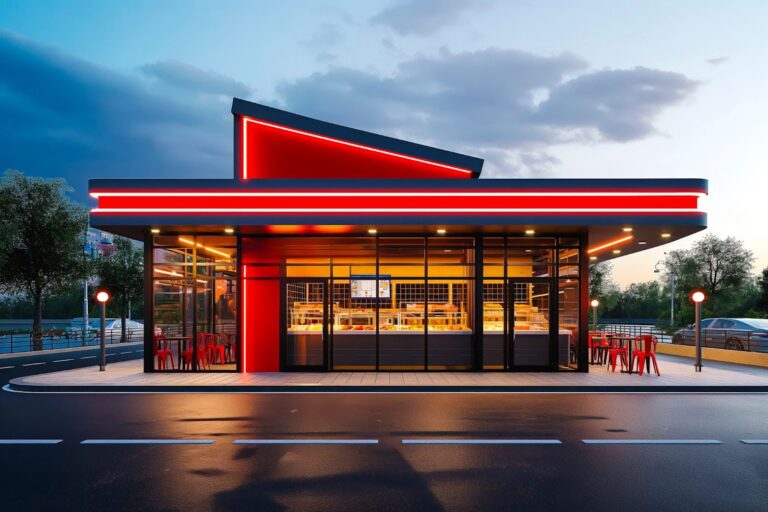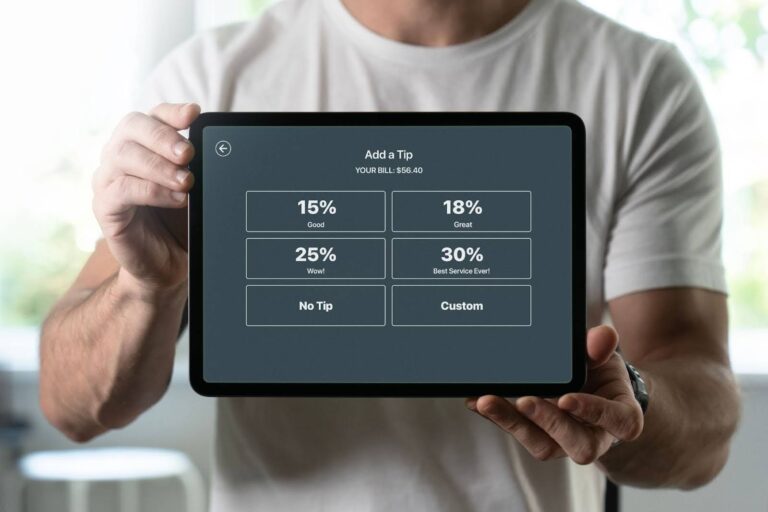How To Value Your Brewery Business in 2025

Knowing the value of your brewery is crucial for understanding its potential growth and long-term success. One way to figure this out is through something called the discounted cash flow (DCF) approach.
Basically, this method looks at how much money your brewery is expected to make in the future. It then calculates how much that future money is worth in today’s terms. This helps you see the current value of your brewery based on its future earning potential.
Understanding this method can give you a clear picture of where your brewery stands and how you can plan for its future.
Let’s walk through how you can use the DCF approach to determine the value of your brewery in 2025.
The Discounted Cash Flow Approach
When determining the value of your brewery, it’s crucial to use methods that focus directly on your business rather than external factors like the economy or politics, which can be unpredictable. The discounted cash flow (DCF) approach does just that—it evaluates your brewery based on its ability to generate future income.
Here’s why the DCF approach is beneficial for your brewery:
- Independent of Market Conditions: This method assesses your brewery’s potential without being influenced by economic fluctuations that are outside of your control.
- Future-Oriented Perspective: By looking ahead, the DCF approach considers how your brewery is expected to perform over the next several years, providing a forward-thinking assessment.
- Focus on Cash Flow: It calculates the value of your brewery based on the cash flow it’s expected to generate in the future, giving you a clear view of its financial health.
Using the DCF approach allows you to understand your brewery’s worth in a practical and business-focused way, helping you make informed decisions for its growth and stability.
Why Use the DCF Approach?
The DCF approach is recommended for brewery businesses because it’s flexible and focuses on the business’s ability to generate cash flow in the future. Whether your brewery is just starting out or already successful, understanding future cash flow is crucial for setting goals and planning activities.
Steps in DCF Approach:
Step 1: Compute Your Free Cash Flow
Free cash flow is the cash your brewery generates after covering all expenses and investments necessary to maintain its operations. To calculate it:
- Start with your net income after taxes.
- Add back depreciation and amortization because these are non-cash expenses.
- Subtract capital expenditures (money spent on assets like equipment) because they’re not available for other uses.
- Adjust for changes in working capital (like inventory changes), as they affect cash flow.
Step 2: Compute the Weighted Average Cost of Capital (WACC)
The weighted average cost of capital, or WACC, is the average cost of the money your brewery uses from both borrowing (debt) and investments (equity). Here’s why it matters:
- Cost of Debt: When your brewery borrows money, it pays interest. This is a cost of borrowing.
- Cost of Equity: Investors expect returns on their investments through dividends or stock value growth. This is the cost of investments.
- Weighting: The WACC combines these costs based on how much debt and equity your brewery uses. It reflects the overall cost of financing your operations.
The WACC is crucial because it sets the rate used to calculate the current value of future earnings in the DCF valuation. This helps you understand the true value of your brewery today based on its financial structure and investor expectations.
Step 3: Determine the Terminal Value
Determining the terminal value in brewery business valuation is about estimating what your brewery will be worth at the end of a projected period, typically 5 to 10 years.
Here’s how it works:
When using the DCF (Discounted Cash Flow) method, you project the financial performance of your brewery over a set period. Towards the end of this period, you calculate the terminal value. This value is based on:
- Last Year’s Cash Flow: You start by looking at the projected cash flow for the final year of your forecast. This represents the amount of money your brewery is expected to generate after all expenses in that year.
- Future Growth: You then apply a growth rate to this final year’s cash flow. This growth rate reflects your expectation that the brewery will continue to expand and generate increasing profits beyond the projected period.
- Perpetuity: The terminal value calculation assumes that this growth will continue indefinitely into the future, capturing the ongoing value of your brewery beyond the specific projection period.
This estimation is crucial because it helps determine the overall current value of your brewery, taking into account its potential for sustained growth and profitability in the long term.
Step 4: Compute the Present Value of Future Cash Flows
This step is about figuring out how much future earnings of your brewery are worth in today’s money. Here’s how it works:
- Future Cash Flows: Estimate how much money your brewery will make in the future, based on projected profits.
- Discounting: Adjust these future earnings to reflect their current value using a discount rate called WACC (Weighted Average Cost of Capital). This rate considers the cost of borrowing money and investor expectations.
- Importance: Discounting helps us understand the brewery’s current value by accounting for the fact that money today is worth more than the same amount in the future.
In simple terms, it’s about seeing what your brewery’s future earnings are worth to you right now, considering the time value of money and your business’s financial health.
Step 5: Compute the Enterprise Value
In Step 4, we calculated the current value of your brewery’s expected future earnings by discounting them back to today using a rate that considers the cost of borrowing and investor expectations.
Now, the enterprise value, or business value, is simply the total of these discounted future cash flows. This figure represents what your brewery is worth right now, taking into account its potential to generate profits in the years ahead.
This calculation is crucial because it provides a clear assessment of your brewery’s overall value, considering both its current financial situation and its anticipated growth. It helps you make informed decisions about the business’s value and its strategic direction.
Let’s Look at An Example Brewery Valuation
Now, let’s look at a hypothetical brewery and determine its valuation based on the DCF method.
Step 1: Compute Your Free Cash Flow
Last year, Hoppy Trails Brewery generated $500,000 in net income. After accounting for depreciation and capital expenditures, the adjusted free cash flow stands at $450,000. This figure reflects the cash the brewery can reinvest into operations or distribute to stakeholders.
Step 2: Compute the Weighted Average Cost of Capital (WACC)
To determine the cost of financing its operations, you calculate the Weighted Average Cost of Capital (WACC). Given its capital structure and prevailing market rates, Hoppy Trails Brewery’s WACC is estimated at 9.9%. This rate considers both the cost of equity (investor expectations) and debt (interest payments).
Step 3: Determine the Terminal Value
Looking ahead, you project that Hoppy Trails Brewery will continue its growth trajectory. Assuming a conservative annual growth rate of 3%, you estimate that in the final year of your projection, the brewery will generate $600,000 in free cash flow. Using the DCF method, you calculate the terminal value, which represents the brewery’s value at the end of your forecast period, factoring in perpetual growth.
After applying the DCF method, you determine that Hoppy Trails Brewery’s terminal value is approximately $8.96 million.
Step 4: Compute the Present Value of Future Cash Flows
To determine the current value of future cash flows, you discount the projected free cash flows and terminal value back to their present values using the WACC of 9.9%. This step accounts for the time value of money—recognizing that money received today is worth more than the same amount received in the future due to its potential earning capacity.
Step 5: Compute the Enterprise Value
By summing the present values of projected future cash flows and the terminal value, you arrive at the enterprise value of Hoppy Trails Brewery. This figure provides a comprehensive assessment of the brewery’s worth today, considering its expected growth and financial health.
In this hypothetical scenario, after discounting and summing up the projected cash flows and terminal value, Hoppy Trails Brewery’s enterprise value would be approximately $9 million.
Need Extra Help Valuing Your Brewery?
Still confused?
We get it, this method is definitely complex, especially for a blog post.
The DCF approach gives a more systematic approach to making a business valuation for your brewery business. However, it uses a lot of estimates and projections that may be hard to perform.
Here at U-Nique Accounting, we’re here to help.
We help brewery owners like you with business valuation, along with other things like monthly bookkeeping, forecasting, and strategic tax planning.
Simply book an introductory call below to see how our team of brewery accountants can help.
Until next time!

By MATT CIANCIARULO



